Proper care is essential to preserving your Turnbull & Asser's shirt's quality and longevity. Follow these instructions in conjunction with the garment's care label for optimal maintenance.
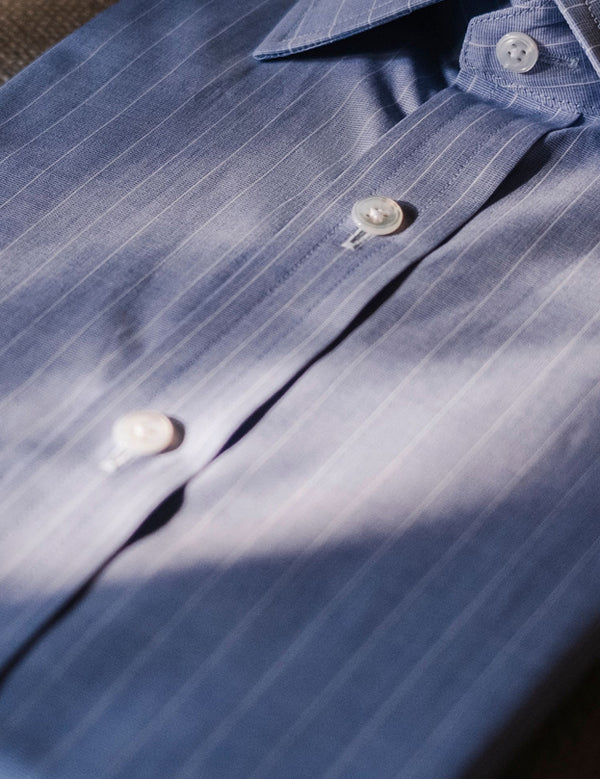
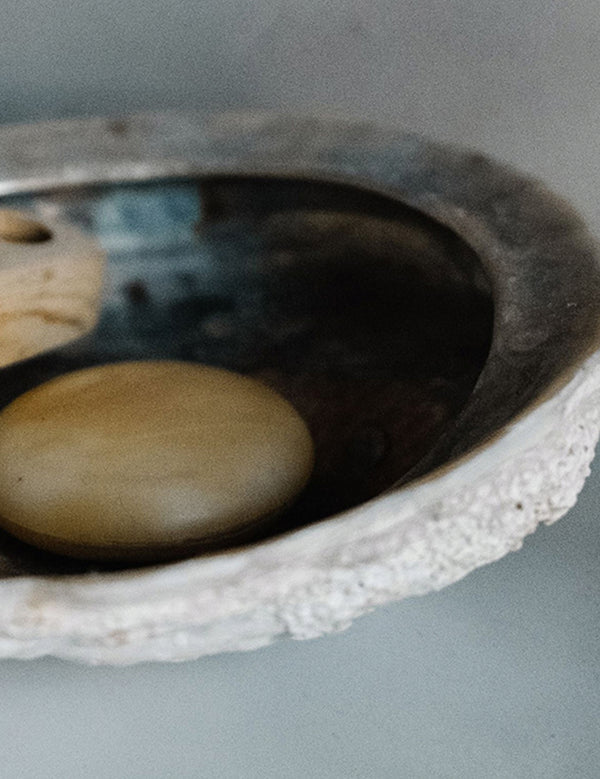
Washing
Undo all buttons and remove collar stiffeners before washing to prevent stitch strain, collar damage, and potential loss—especially when using a dry cleaner.
Pre washing preparation
Prior to washing, undo all buttons to reduce the strain on the stitches that hold the buttons to the shirt.
Also, remember to remove the collar stiffeners before washing. This prevents uneven wear on the collar points and eliminates the need to search for them at the bottom of the drum or among the rest of the laundry, which could potentially cause damage to your washing machine over time.
It is especially important to remove collar stays before sending shirts to the dry cleaner, as failing to do so may result in their loss.
Washing temperature
Wash at a temperature of 40ºC (104ºF to 140ºF), unless otherwise specified in the garment’s washing instructions.
Drying
Line dry or dry in an airing cupboard to prolong the lifespan of the shirt. Avoid tumble drying, as the motion of the steel drum can cause wear on the collar and cuff points and damage stitching over time.
Fabric shrinkage
Crafted from the finest natural fabrics, slight shrinkage may occur after several washes. Because Turnbull & Asser uses only the finest natural fabrics, slight shrinkage is expected after several washes. To account for this, our collars are designed to be ½ inch (1.25 cm) larger than the stated size. However, the Chest Size and Sleeve Length measurements provided in our 'Sizing Information' chart reflect the garment’s dimensions when new. After a few washes, the chest may shrink by approximately ½ inch (1.25 cm), while the sleeve length may shrink up to 7/8 inch (2.22 cm). Please note that shrinkage is typically greater along the fabric's length than across its width. We advise considering this when trying on your shirt for size before its first few washes.
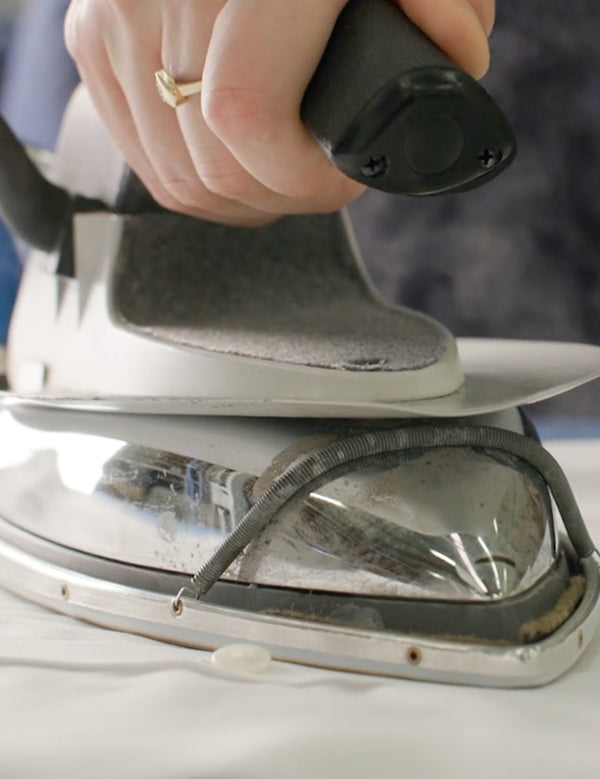
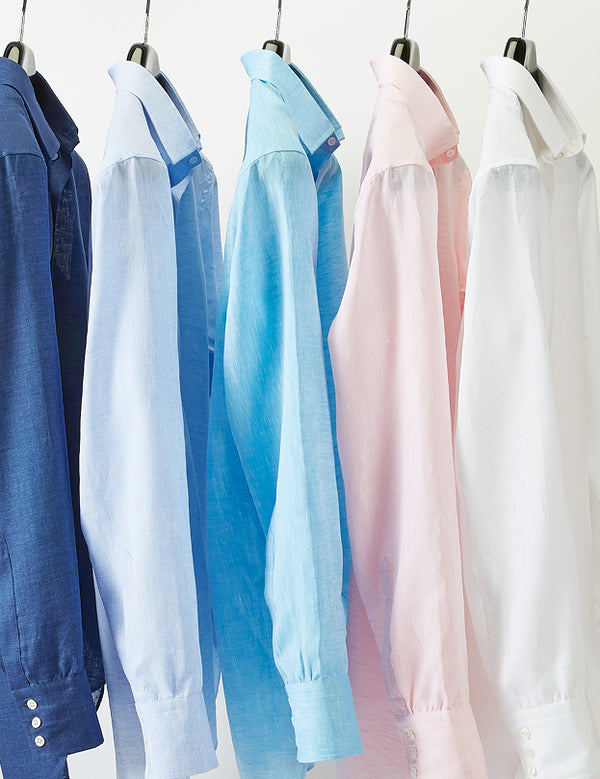
Ironing
A pure cotton shirt is best ironed while still slightly damp from the wash. This method is far easier than attempting to dampen the shirt with a fine spray once it has dried. However, if the shirt has dried unevenly, a fine spray may still be necessary.
Ironing shirts
Generally, place the section of the shirt to be pressed on a sturdy, flat ironing board. Using a dry iron (without steam), press the fabric until it is dry and free of creases. The iron’s temperature should be set to the 'cotton' setting. Should your shirt be made from a different cloth, we recommend following the ironing instructions on the care label stitched inside your shirt.
The shirt should always be unbuttoned during the ironing process.
The recommended order for ironing a shirt is as follows: collar, cuffs, sleeves, yokes (shoulders), front panels, and lastly, the back panel. After completing this sequence, revisit any areas that may have creased during the process.
We advise against ironing over the garment label, as it is not made from cotton and may be damaged when using the cotton setting.
Collar
For the collar, ensure it is damp on both sides. Begin by ironing the back of the collar and band until relatively flat and dry. You may need to pull gently on one end of the collar as you press. Then, turn the collar over and repeat the procedure, ironing from the collar point to the centre. This will help minimize unsightly creases at the collar edge. Avoid applying excessive pressure when ironing the collar tips, as they are the most susceptible to wear.
Never iron a collar with the collar stays inserted, as this will cause significant wear to the fabric at the points of the collar.
Cuffs
Cuffs should always be ironed unbuttoned or unfolded, in the same manner as the collar, on both sides.
Ironing double cuffs while folded can cause lines and splitting over time. Again, gently ironing the cuff points and edges will help avoid damage.
Sleeves
Iron the sleeves from the top down to the cuff, creating a crease if desired. Then, iron the two front panels, followed by the back of the shirt.
Ironing both sides of the shirt depends on personal preference, though a high-quality, heat-reflective ironing board cover should typically only require ironing both sides of the collars and cuffs, as these are the thickest parts of the garment.
After ironing
Once ironing is complete, slip the shirt onto a hanger, fasten the top button, and leave it to air. This will allow any remaining moisture to evaporate, minimizing creasing.
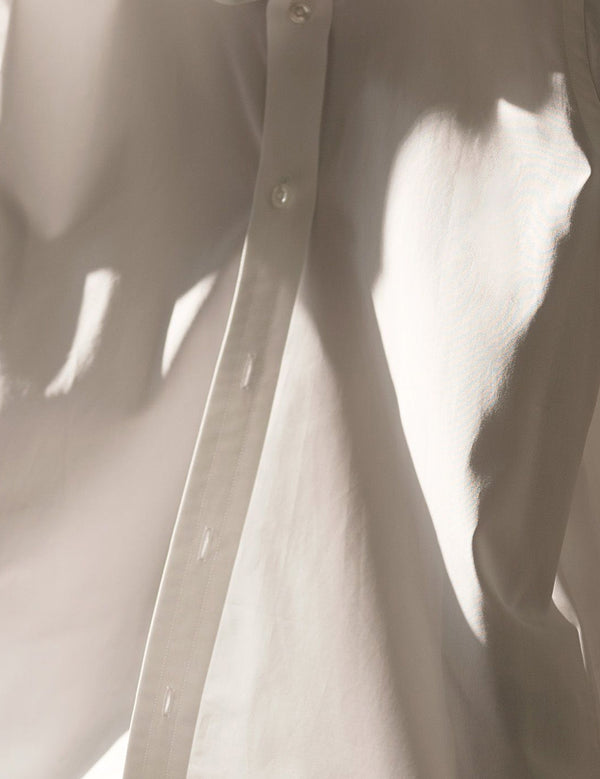
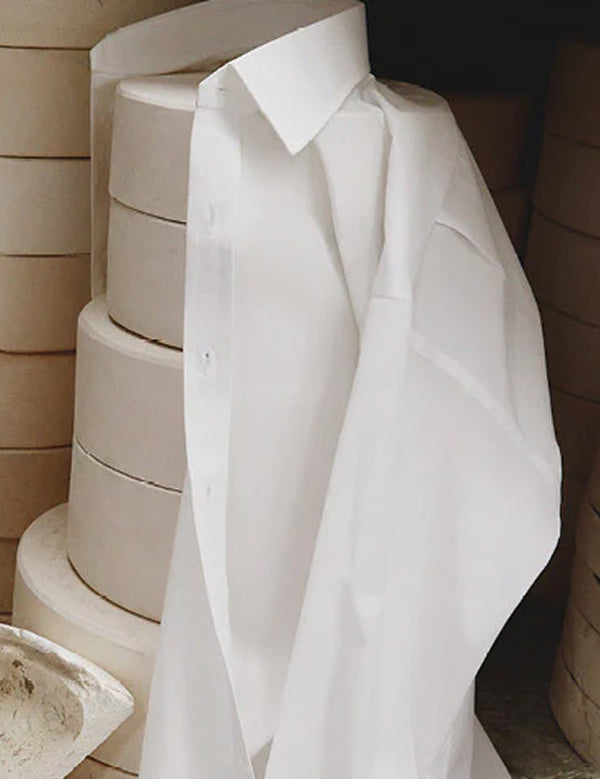
Dry Cleaning
If you choose to send your shirts to the dry cleaners, always opt for the 'hand laundering' service, if available. This option helps preserve the natural fabrics, which can be compromised by repeated exposure to the harsh chemical treatments involved in conventional dry cleaning.
However, please note that excessive dry cleaning may potentially cause damage or accelerate wear and tear to your shirt over time.
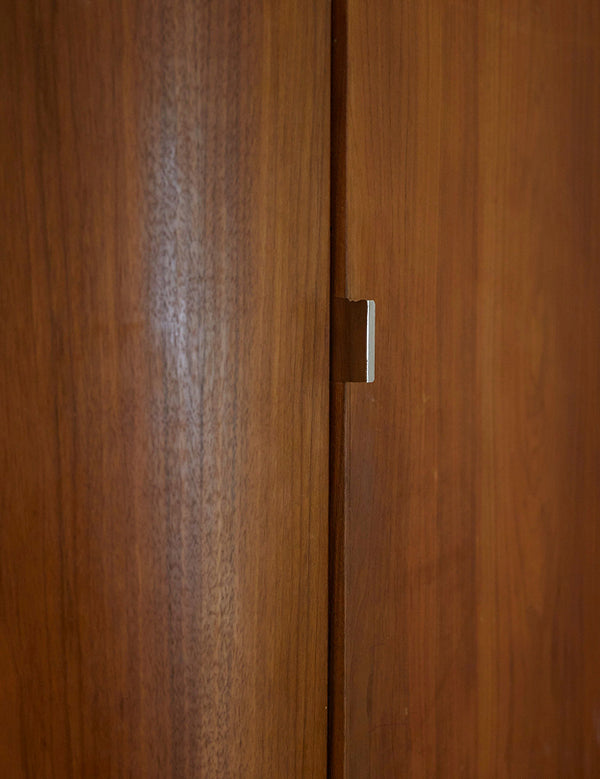
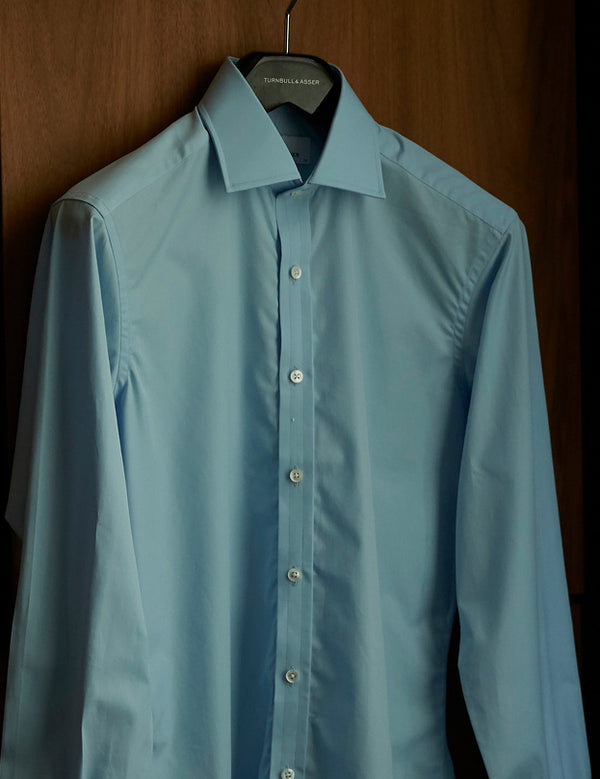
Storage
Store shirts in a cool, dry environment, away from direct sunlight, as prolonged exposure may cause fabric discoloration.
Avoid using wire hangers; instead, opt for padded or broad wooden hangers to preserve the shape of the shoulders.






